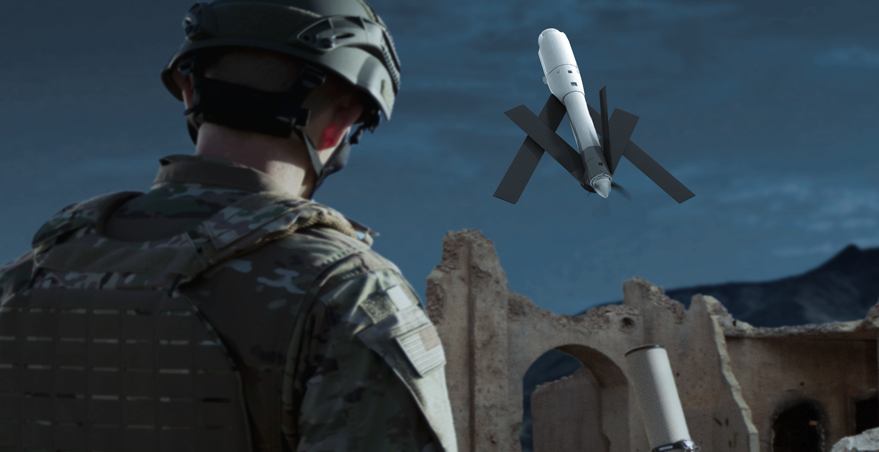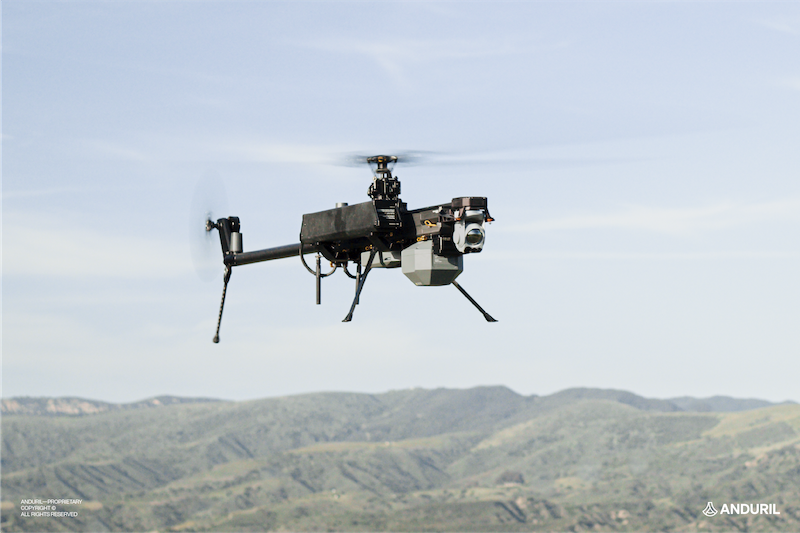Fort Worth-based helicopter manufacturer Bell Textron Inc has revealed its Aircraft Laboratory for Future Autonomy…

Uncrewed F-16 dogfights manned aircraft in world first

The US Air Force has flown a manned F-16 fighter against an uncrewed one, the X-62A VISTA, in a series of dogfights at Edwards Air Force Base. This is a world first and an important step towards fielding a so-called ‘Loyal Wingman’, a less expensive uncrewed companion aircraft which can engage enemy aircraft rather than risking the pilot of a manned aircraft.
The specially modified X-62A used Artificial Intelligence (AI) algorithms to conduct a series of Within-Visual-Range (WVR) combat scenarios in 2023. The Defence Advanced Projects Research Agency (DARPA), which is conducting the research, said the autonomous combat manoeuvring program is continuing in 2024.
The Air Combat Evolution (ACE) program is using the X-62A VISTA (Variable In-flight Simulator Test Aircraft) as an AI-enabled manoeuvring test bed. The ACE team is reported by Flight International magazine to have completed 21 test flights up to September 2023 and made changes to over 100,000 lines of flight-critical software, which it calls an unprecedented rate of development.
According to DARPA’s Tactical Technology Office Program Manager, LTCOL Ryan Hefron, in a future air domain contested by adversaries, a single human pilot can increase the lethality of his or her force by effectively orchestrating multiple autonomous unmanned platforms from within a manned aircraft.
This shifts the human role from single platform operator to mission commander. In particular, he said, ACE aims to deliver a capability that enables a pilot to attend to a broader, more global air command mission while their aircraft and teamed unmanned systems are engaged in individual tactics.
ACE creates a hierarchical framework for autonomy in which higher-level cognitive functions such as developing an overall engagement strategy, selecting and prioritizing targets, determining best weapon or effect, and so on, may be performed by a human. Meanwhile lower-level functions such details of aircraft manoeuvre and engagement tactics is left to the autonomous system.
In order for this to be possible, said LTCOL Hefron, the pilot must be able to trust the autonomy to conduct complex combat behaviours in scenarios such as the WVR dogfight before progressing to Beyond-vVsual-Range (BVR) engagements.
The ACE demonstrations will bridge the gap from the simple physics-based automated systems currently in use to complex systems capable of effective autonomy within highly dynamic and uncertain environments at mission speeds, he said.
The technology development on the ACE program addresses four primary challenges:
- Increase air combat autonomy performance in local behaviours (individual aircraft and team tactical)
- Build and calibrate trust in air combat local behaviours
- Scale performance and trust to global behaviours (heterogeneous multi-aircraft)
- Build infrastructure for full-scale air combat experimentation
The RAAF and DSTG are part-funding the Boeing MQ-28A Ghost Bat ‘Loyal Wingman’ program to create just such an aircraft and the USAF is also experimenting with uncrewed aircraft.



